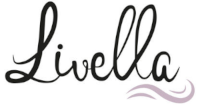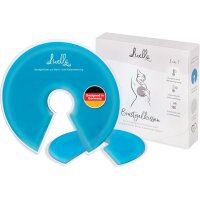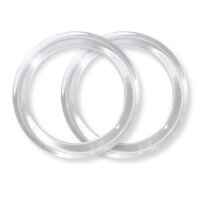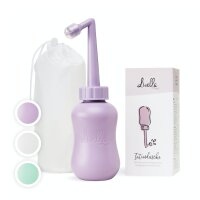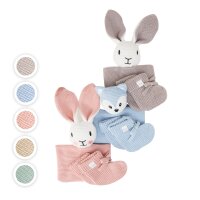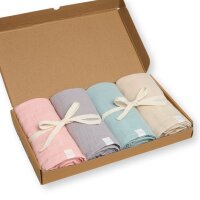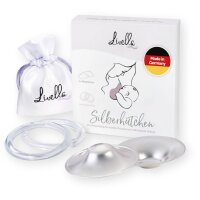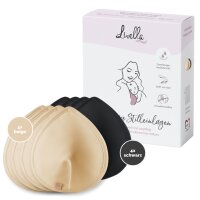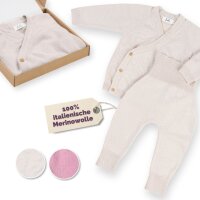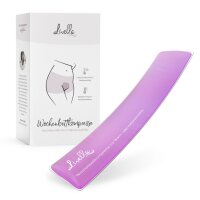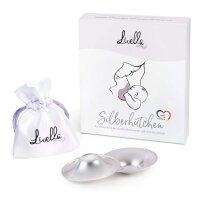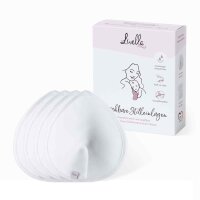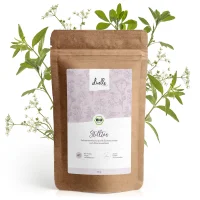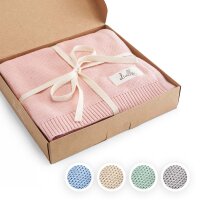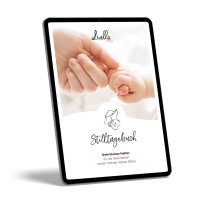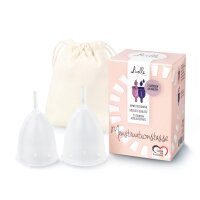Breastfeeding is meant to be a beautiful experience that strengthens the relationship between mother and baby. Especially in the beginning, however, breastfeeding is often anything but beautiful and pleasant for the new mum. So much so that breastfeeding pain is a hot topic among new mums.
But is it normal for breastfeeding to hurt? What are common causes of nipple and breast pain while breastfeeding? And how to make breastfeeding less painful?
Table of Contents
Is it normal for breastfeeding to hurt?
How long is breastfeeding painful?
Common causes for breastfeeding pain
Relieving breastfeeding pain: How to make breastfeeding less painful?
Persistent breastfeeding pain: When to get professional help?
Conclusion: What to do if breastfeeding is painful?
Is it normal for breastfeeding to hurt?
There are many myths and misconceptions about breastfeeding, one of them being that it’s normal for breastfeeding to hurt. Let’s be very clear on this: Breastfeeding is not supposed to be painful. If done correctly, latching on and feeding your baby should be completely painless.
That being said, you may feel some discomfort or slight pain in the first few days after birth. The breasts typically feel tender and uncomfortably full when the milk comes in 2–5 days after birth, and the nipples are often highly sensitive shortly after giving birth, which can make breastfeeding a little painful.
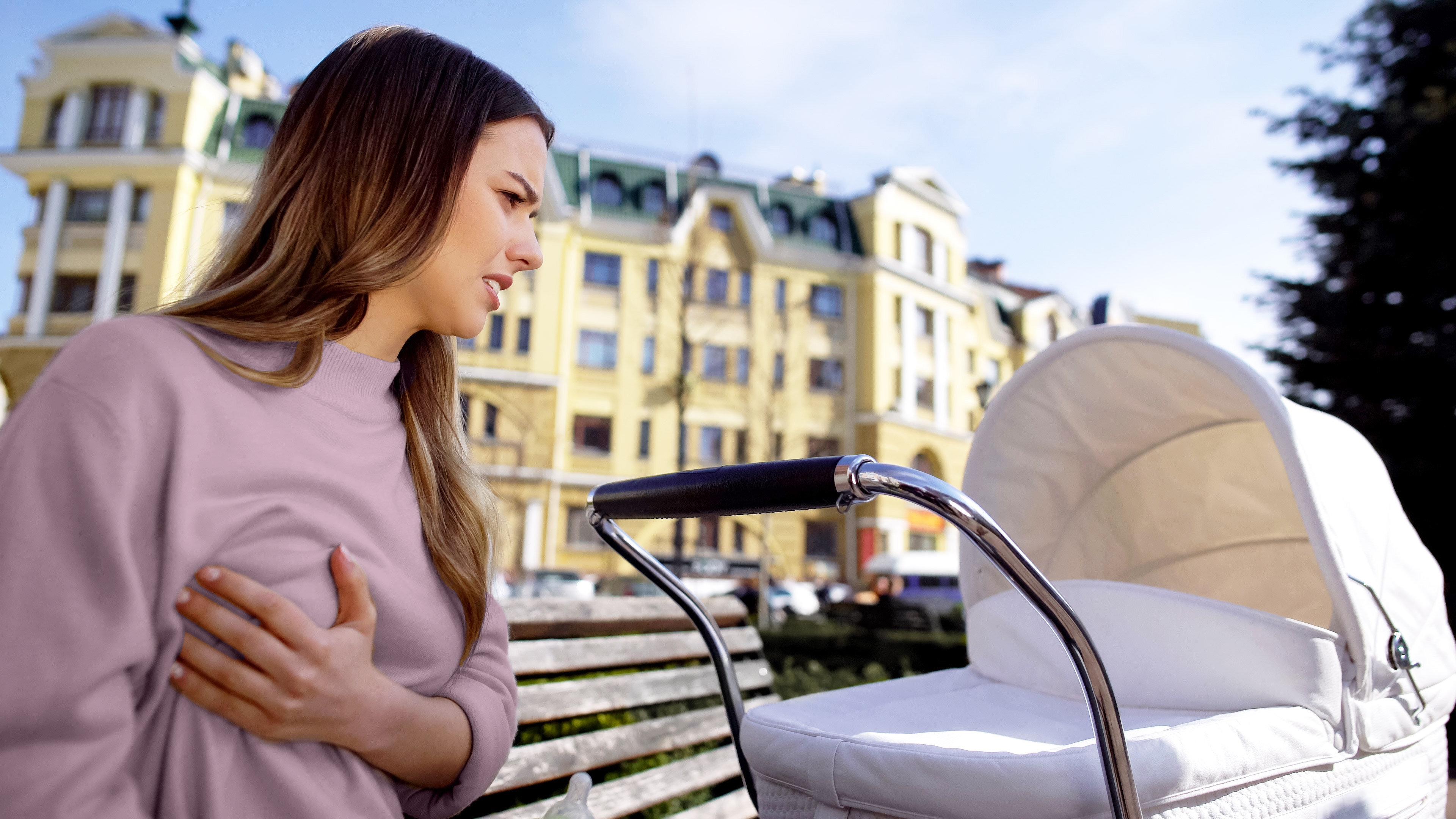
How long is breastfeeding painful?
So, to answer the question of whether breastfeeding is painful at first: Yes, your nipples and breasts might hurt in the beginning. But any pain and discomfort should disappear after this initial phase during which the body adjusts to the new strains that come with breastfeeding.
How long the initial breastfeeding pain persists differs from one woman to the next. It usually takes around 1 week for the nipples to adjust to the baby’s suck, while your body should match your milk supply to your baby’s needs within a couple of days. As for the initial engorgement of your breasts, it shouldn’t last for more than 1–2 days.
Common causes for breastfeeding pain
Breast pain while breastfeeding can have many different causes, including:
- Bad latch: Bad latch is one of the most common reasons for breast and nipple pain. If your baby isn’t latched on correctly, this puts excessive strain on your nipples and the surrounding breast tissue, which ultimately turns into pain.
- Flat or inverted nipples: Flat or inverted nipples make it harder for your baby to latch on properly and get enough milk while feeding. As a result, your little one has to suck harder, which puts an increasing amount of pressure on the breast tissue and can lead to pain in the long run.
- Sore nipples: Sore nipples are among the most cited causes for breastfeeding pain. Nipple pain can be caused by many different factors, including teething, poor latch, and a bad breastfeeding hold.
- Breast engorgement: Many mothers experience the discomfort of engorged breasts during their breastfeeding journey. Breast engorgement is particularly frequent in the early days when the milk comes in and the body has yet to adjust the milk supply to the baby’s actual needs. But also at a later stage can breasts become overly full, for instance if feedings are missed.
- Blocked milk ducts: The milk ducts carry the breast milk from the milk-producing glands to the nipple from where it can be accessed by your baby. Sometimes, these ducts can clog up, which leads to painful lumps and swelling in the affected area. Blocked milk ducts can make breastfeeding very uncomfortable.
- Mastitis: Mastitis is one of the most feared causes for breastfeeding pain. This painful inflammation of the breast is either caused by blocked milk ducts that are left untreated or by a bacterial infection of the breast tissue. It’s crucial to start treating mastitis as soon as possible to avoid the formation of a breast abscess.
- Teething: It’s not uncommon for breastfeeding to become painful again when your baby starts teething. That’s because many babies then begin to bite down on the nipple, which can lead to small wounds and general nipple soreness.
- Use of bottles or dummies: Introducing bottle feeding or using dummies to pacify your baby can affect your baby’s latching and sucking technique. Sucking at the breast then becomes inefficient, which means that feeding sessions become longer and more strenuous for the breast.
- Vasospasms: A vasospasm is when the blood vessels constrict due to pressure on the nipple (e. g. from poor latch) or exposure to cold. The constriction of the blood vessels leads to a restriction of the blood flow which then causes pain in the affected area.
- Tongue-tie: A shortened lingual frenulum (also known as tongue-tie) is an anatomical condition that affects your baby’s ability to get a good latch and suck properly. Since tongue-tie can lead to sore or cracked nipples, it’s a sure cause for breastfeeding pain. Thrush: Thrush is a fungal infection that often occurs when nipples are cracked open from breastfeeding. It is caused by the so-called candida fungus and can lead to severe and long-lasting nipple pain after breastfeeding.
- Ill-fitting nursing bra: A nursing bra that is too tight puts pressure on the breast and can, in combination with other factors, lead to soreness and breast pain when breastfeeding.
In many cases, breastfeeding pain is the result of several different causes coming together. As we’ve seen, there are many breastfeeding problems that can turn nursing your baby into an unpleasant experience. In order to get rid of the pain, it’s necessary to address each pain point individually.
Relieving breastfeeding pain: How to make breastfeeding less painful?
Breastfeeding should be pure bliss for both mother and baby. But given the sheer number of factors that can cause issues and pain during latch-on, let-down and actual feeding, it’s little surprising that many mothers are wondering: What to do when breastfeeding is too painful?
Breastfeeding pain can be exhausting and also discouraging in the long run. Luckily, there are many tips and tricks to alleviate the pain. Here are a few general recommendations for quick breastfeeding pain relief.
With poor latch being the most common cause for breastfeeding pain, checking whether your baby is correctly positioned and attached is the first thing to do. Trying different breastfeeding positions to find the least painful one is also a good way to put an end to painful breastfeeding. You’ll be surprised how often ensuring correct positioning and attachment is enough to relieve the pain.
If breastfeeding is painful due to nipple soreness, you can use silver nursing cups to protect your nipples between feedings and promote moist wound healing. Breastfeeding pain resulting from engorgement, blocked milk ducts or mastitis, on the other hand, can be alleviated by applying cold compresses or breast gel pads.
In cases of severe, stinging pain in the breast during breastfeeding, there’s always the possibility of taking painkillers for quick relief. Analgesics such as ibuprofen and paracetamol, for instance, are safe to take while breastfeeding. The most important treatment methods to relieve breast pain while breastfeeding:
- Check your baby’s positioning and attachment and make adjustments where needed
- Use silver nursing cups and breast gel pads to relieve sore nipples and engorged breasts
- Don’t hesitate to take painkillers that are safe to use while breastfeeding
Persistent breastfeeding pain: When to get professional help?
Many mothers experience some kind of breast pain while breastfeeding, either in the first few days after birth or later on in the nursing period. The more severe the pain, the higher the risk of early weaning. Since breastfeeding has many benefits for both mother and baby, the breastfeeding relationship should be kept up for as long as possible.
Many of the most common issues that can cause breastfeeding pain can be treated with simple measures, such as double-checking that your breastfeeding position is correct. In cases of severe pain that simply won’t go away, however, you shouldn’t hesitate to seek professional breastfeeding support.
Sometimes, the help of a midwife or lactation consultant is necessary to get rid of latch-related breastfeeding pain. If breastfeeding hurts even with a good latch, you may need to see a doctor to find out what causes the pain.
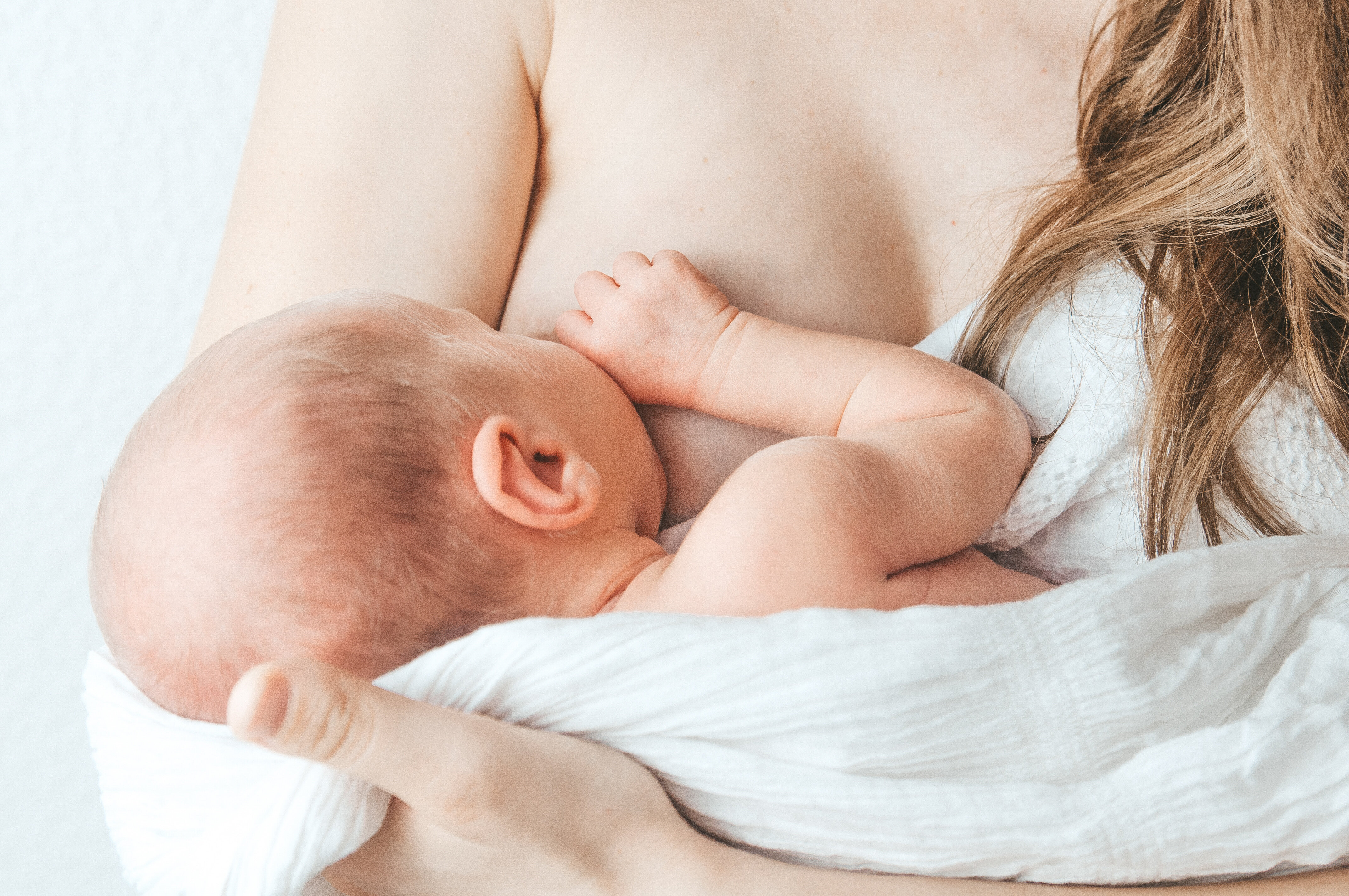
Conclusion: What to do if breastfeeding is painful?
One thing should be made clear: Breastfeeding pain is not normal. It may take the body a few days to adjust, but after this initial adjustment phase, breastfeeding should be painless and enjoyable. Yet there are many women who experience different levels of pain and discomfort while breastfeeding their baby.
Breast pain while breastfeeding shouldn’t be ignored or be accepted as “just normal”. There are many reasons why breastfeeding causes pain and getting to the root of the problem is the first step towards finding pain relief. In many cases, it’s a bad latch, sore nipples or breast engorgement that’s behind the pain.
The most important thing is to not be discouraged by the pain and to keep breastfeeding. If you can't get behind the cause of your discomfort on your own, you can always seek professional help from your midwife, your doctor or a lactation consultant. With their support and advice, breastfeeding will quickly become the wonderful experience again it is meant to be.
References
- Breast pain and breastfeeding - NHS (www.nhs.uk)
- Breastfeeding and thrush - NHS (www.nhs.uk)
- Pain: General - La Leche League International (llli.org)
- Persistent Pain When Breastfeeding - La Leche League International (llli.org)
- International BreastFeeding Centre | Vasospasm (Reynaud's phenomenon) of the nipples (ibconline.ca)
- Tongue-tie - Breastfeeding challenges - NHS (www.nhs.uk)
- ABM Clinical Protocol #26: Persistent Pain with Breastfeeding (memberclicks.net)
- Analgesics and pain relief in pregnancy and breastfeeding - Australian Prescriber (nps.org.au)
- Sore nipples from breastfeeding - HSE.ie
